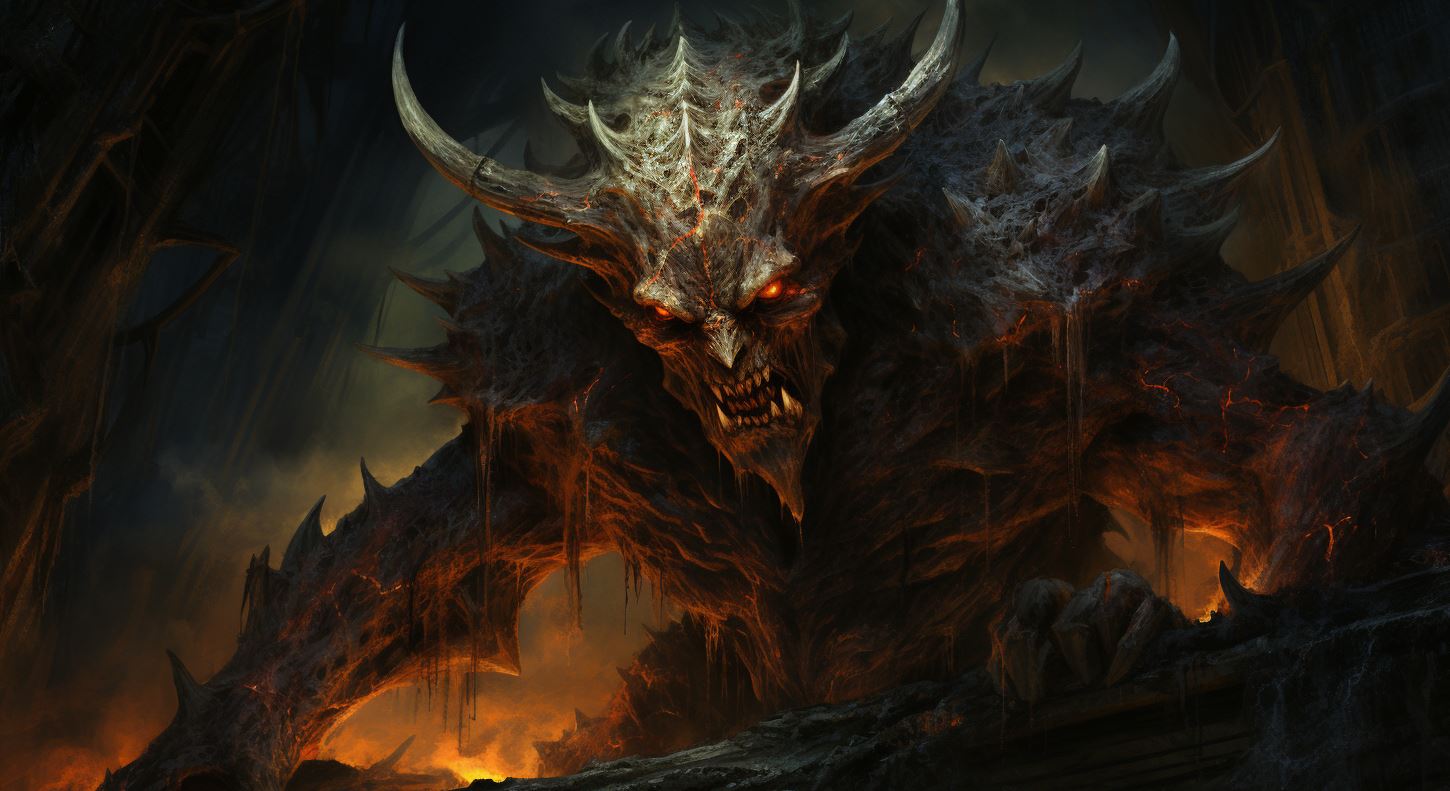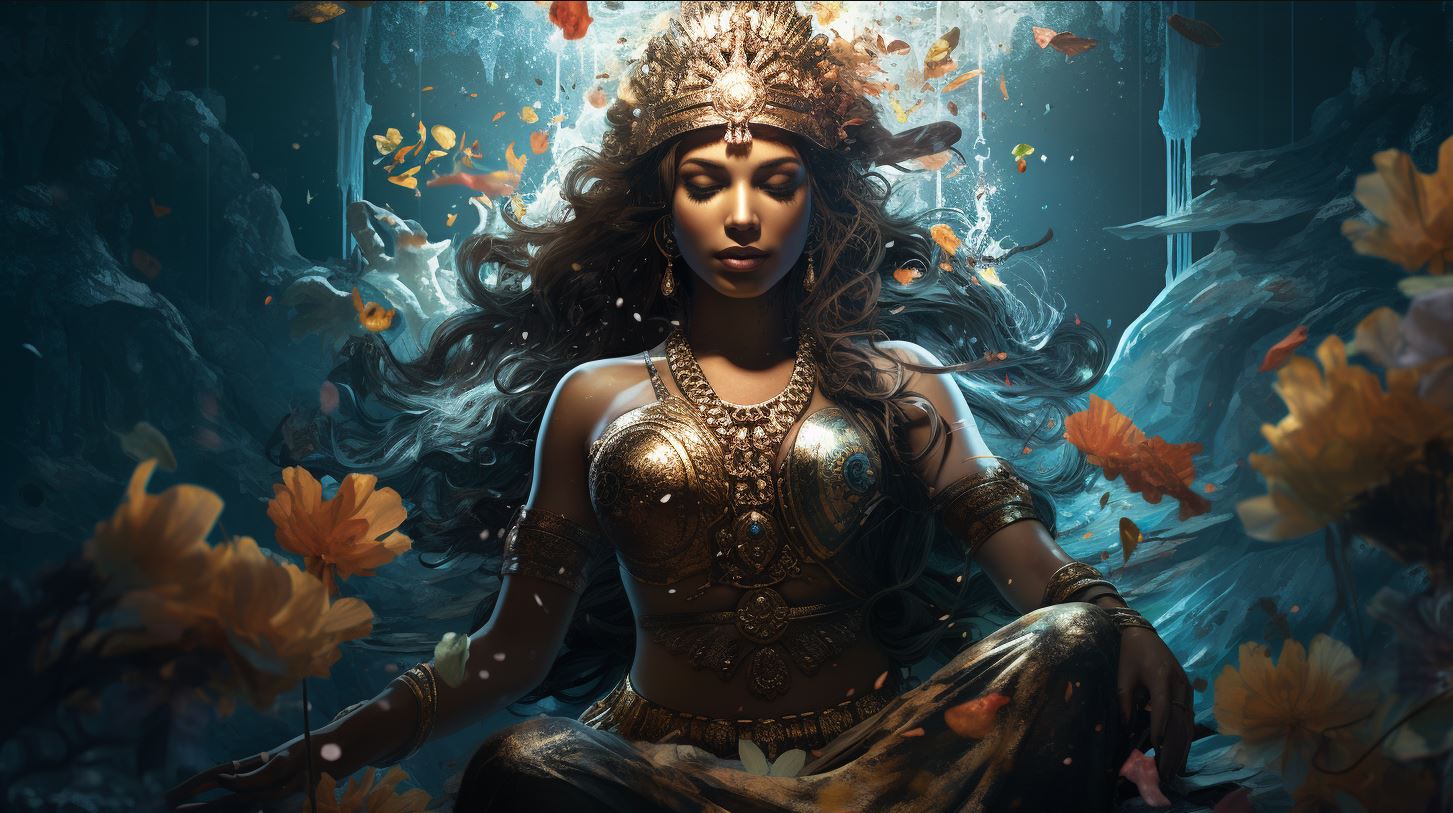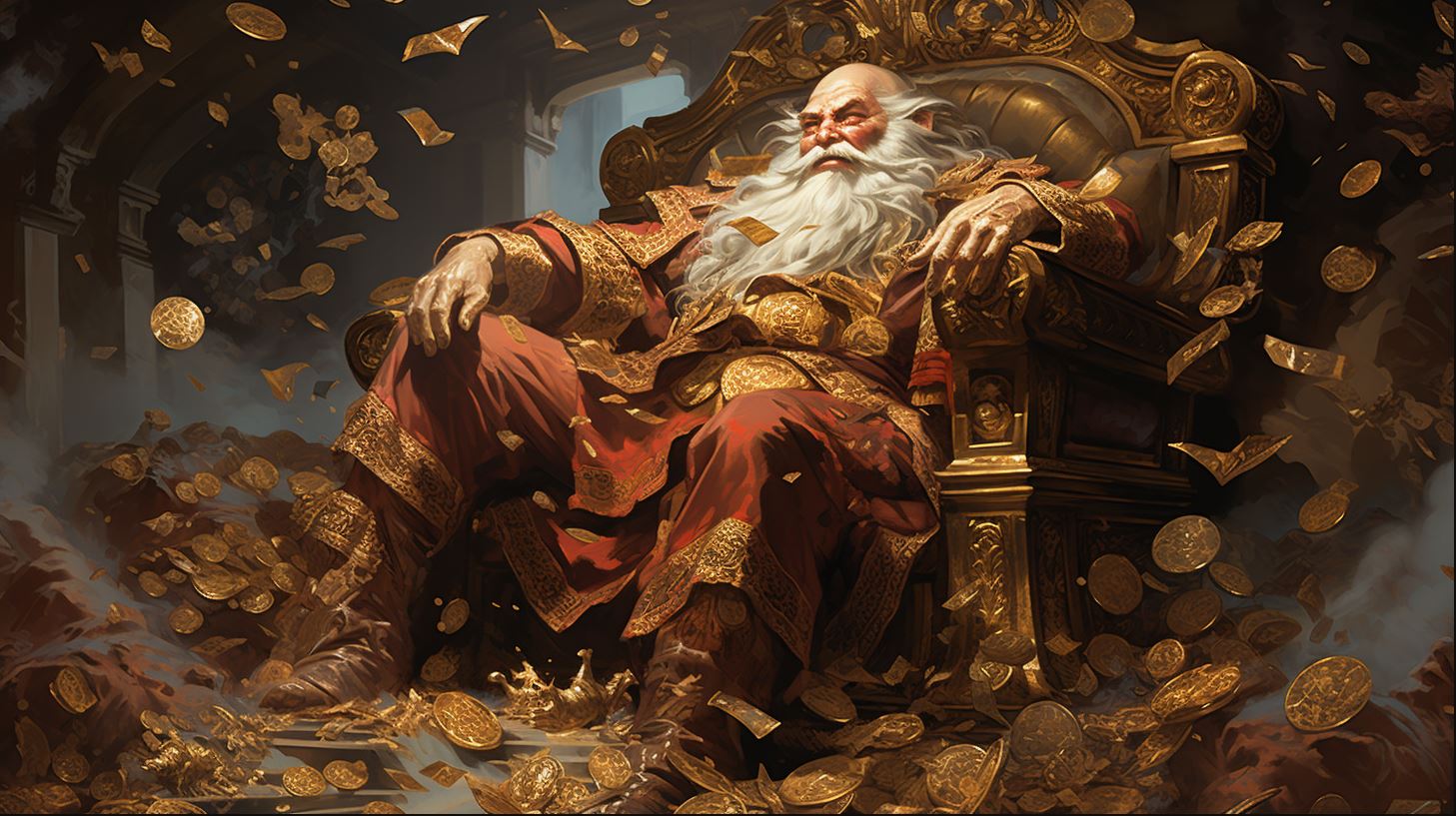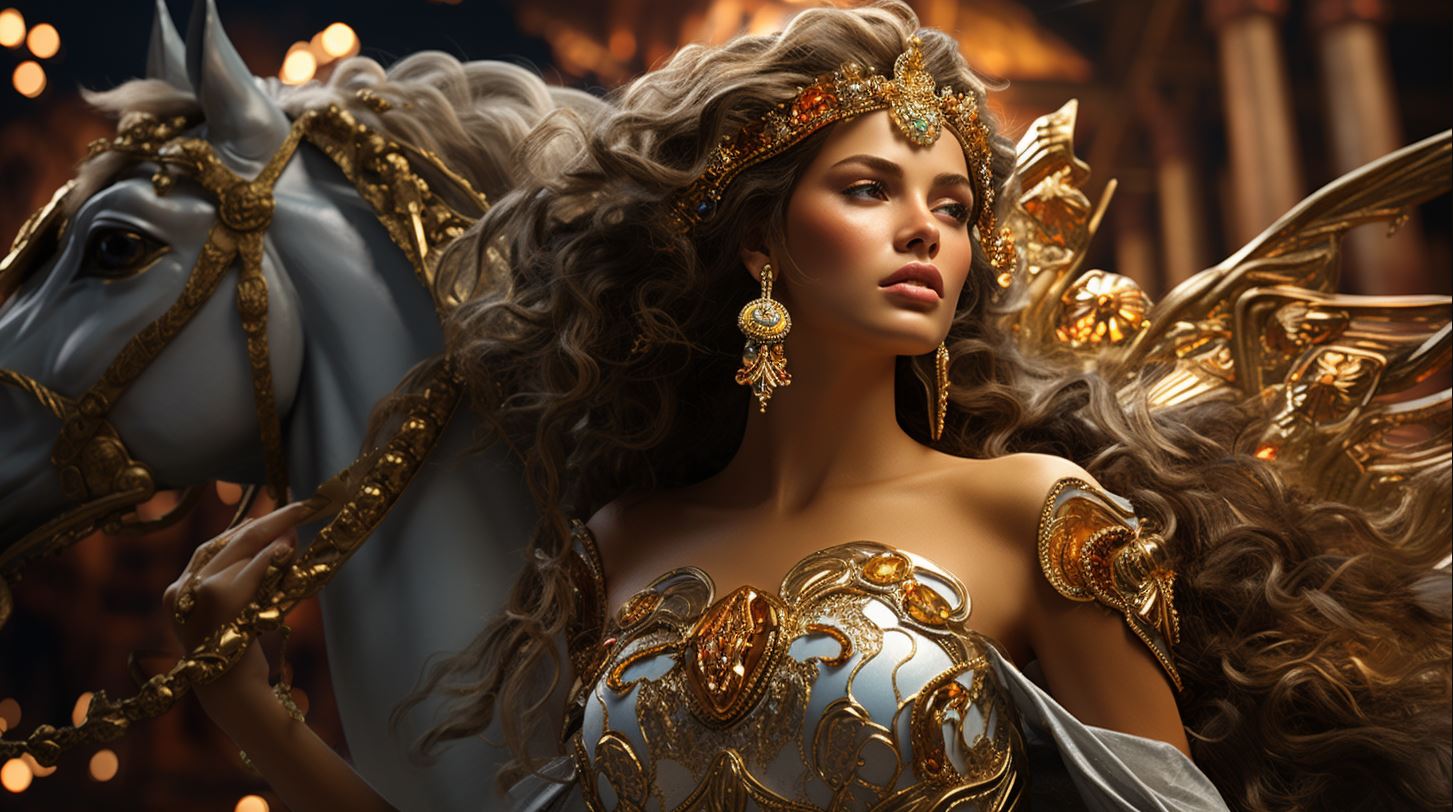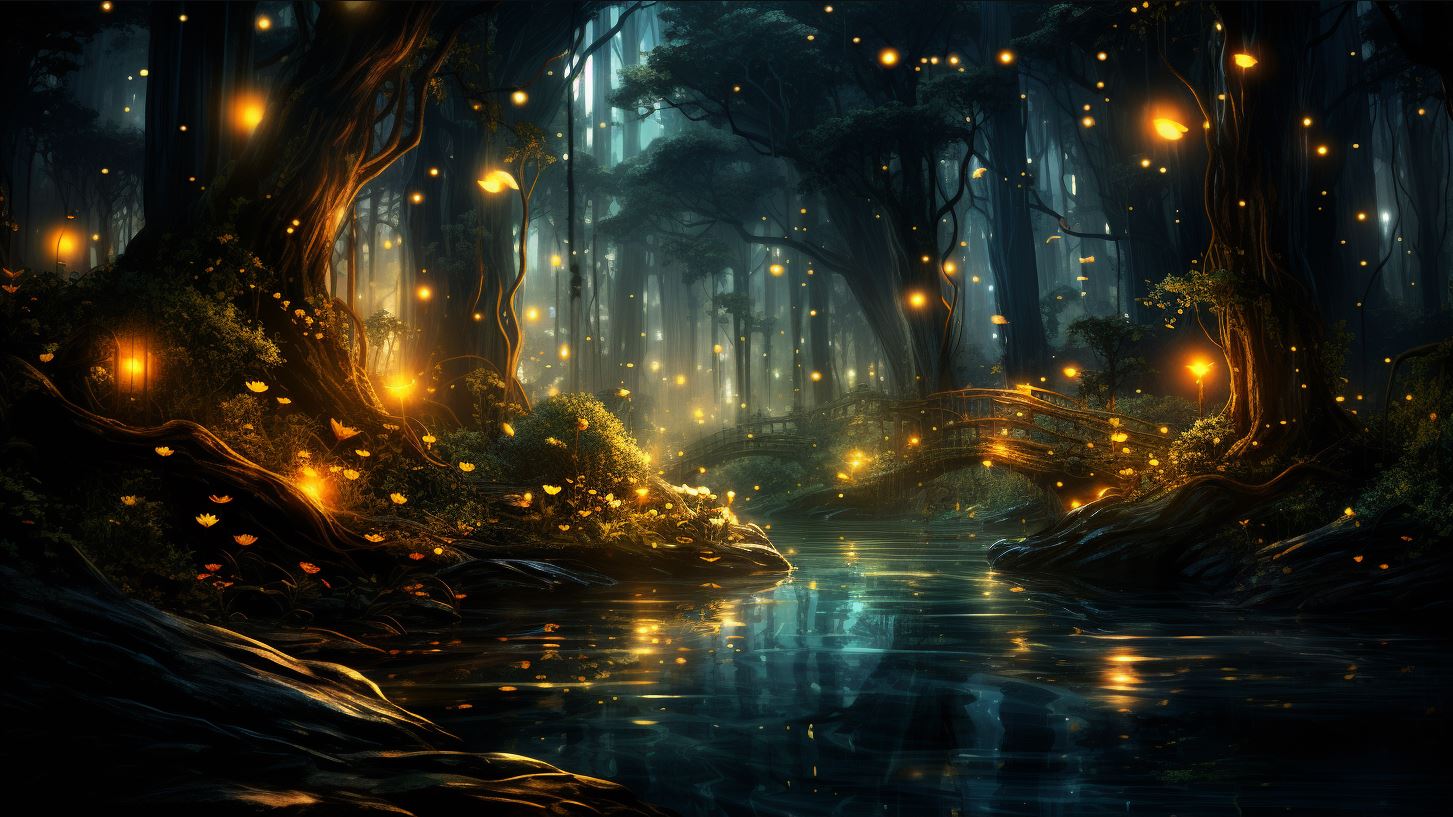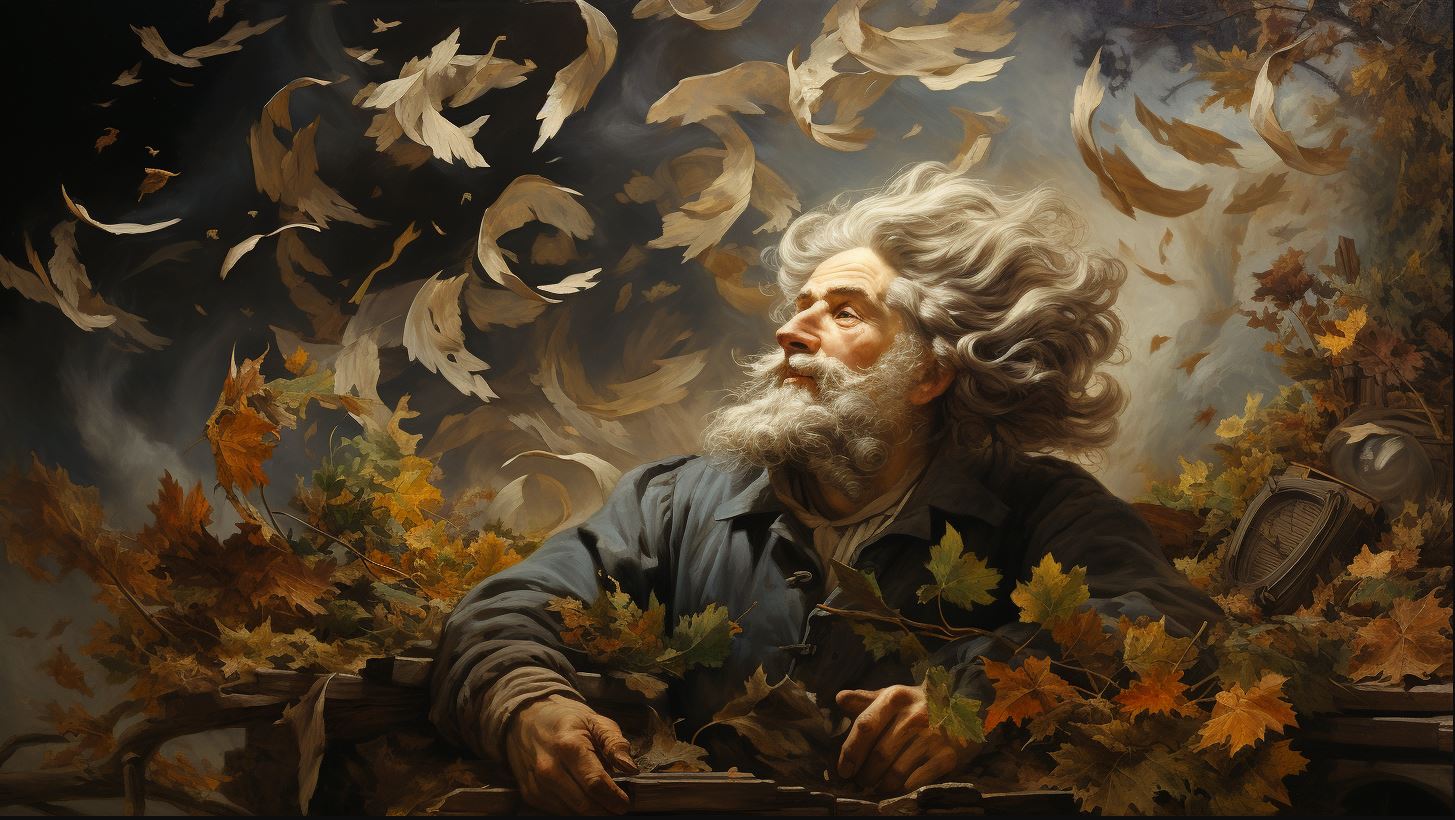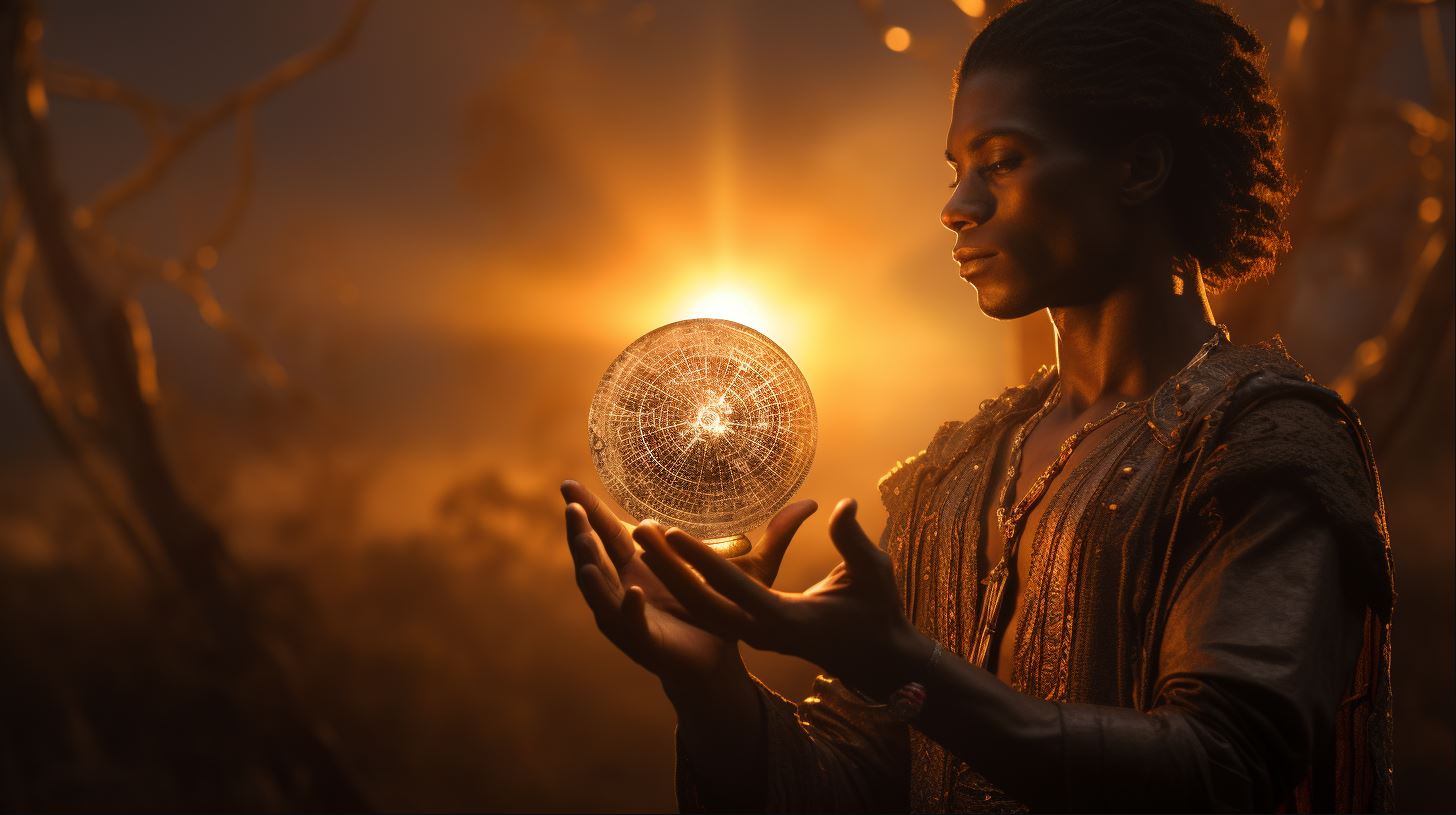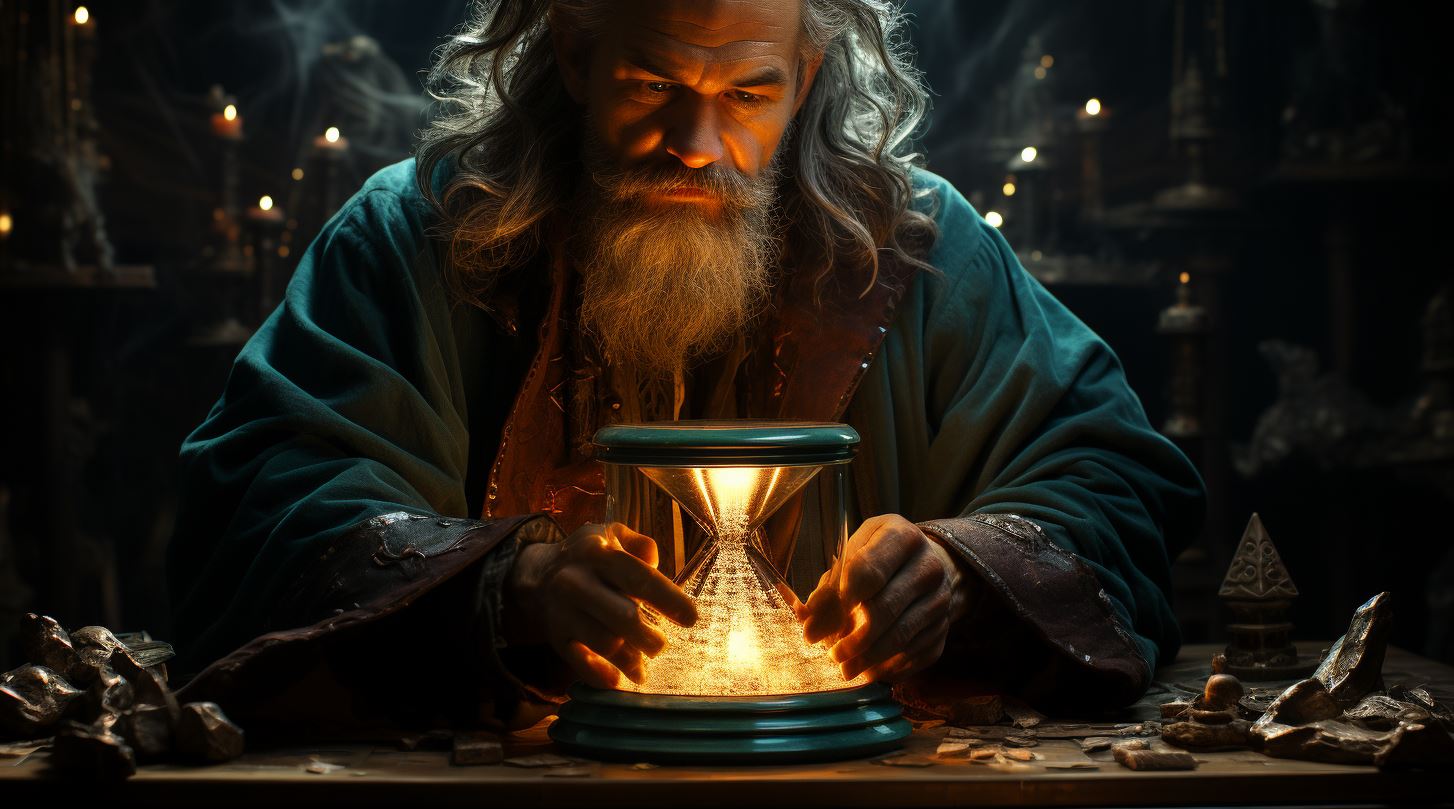Bushyasta Demon: Unveiling the Dark Forces of Laziness and Temptation
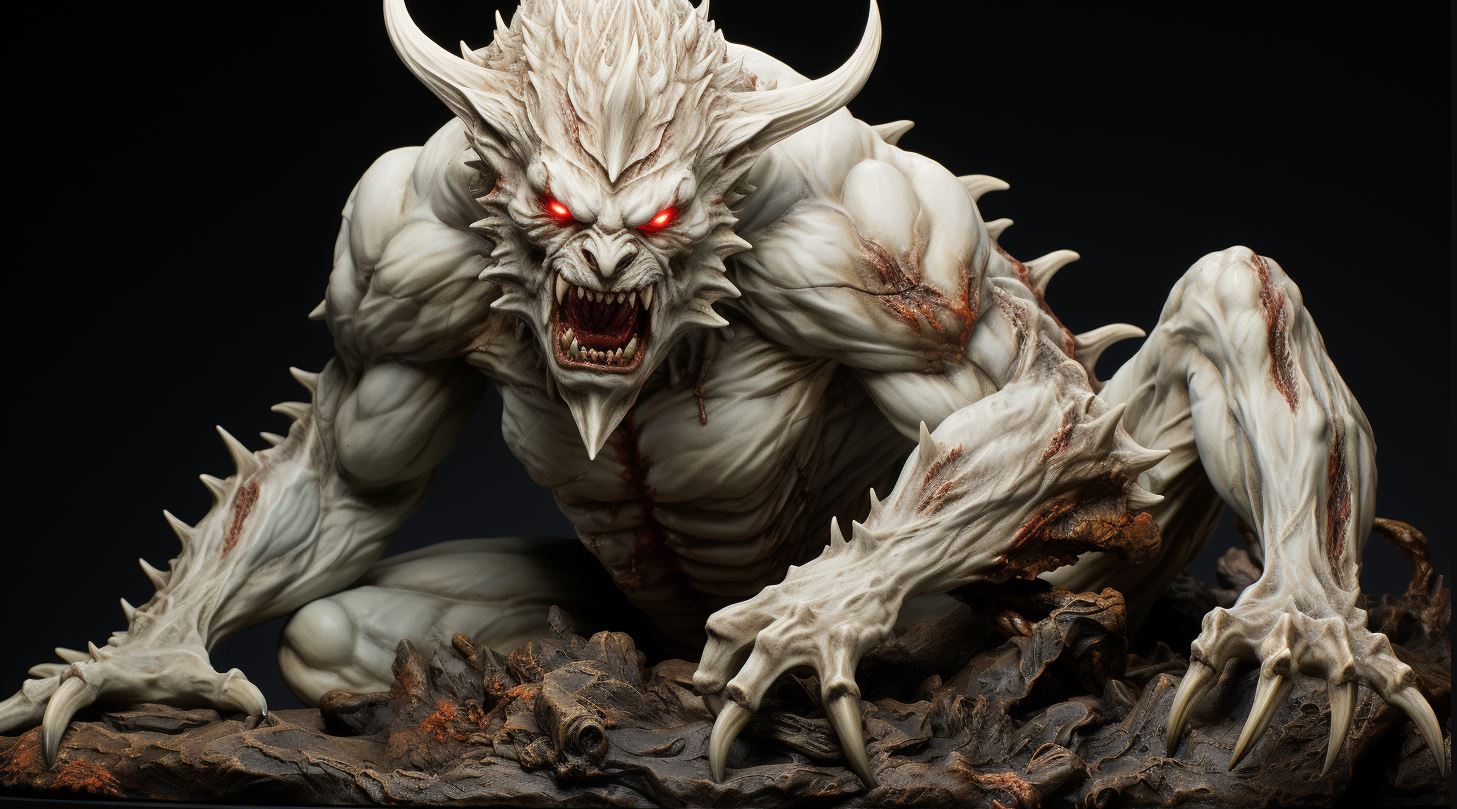
The Bushyasta demon, a malevolent force that thrives on laziness and temptation, has garnered attention for its ability to influence and hinder virtuous individuals. This article delves into its origins, examining its physical characteristics, impact on heroes, and references to other demonic entities such as Wendigo, Jinn, Pazuzu, Mara, Moloch, and Incubus.
Notable figures like Nerose Satanel and Judas Strife, along with key locations like Sodom and M Sector, contribute to the intricate universe surrounding Bushyasta. Join us as we explore this dark realm and uncover its secrets.
The article also explores literary references, particularly Paradise Lost and Episode Satanel, which shed light on the themes intertwined with Bushyasta. Engage in the Bushyasta Demon community through discussions, resources, and access to information, giving enthusiasts a comprehensive understanding of this captivating subject.
Welcome to a realm where the line between angels and demons blurs, inviting you to discover the mysteries that lie within.
The Origins of Bushyasta
Exploring the Mythological Background
Bushyasta, a sinister entity with a long history, emerges from various mythological sources. Legends and folklore depict this malevolent being as a catalyst for laziness, idleness, and lethargy.
Its origins can be traced back to ancient civilizations across different cultures and regions, where tales of its nefarious influence have endured.
Cultural Significance and Interpretations
Throughout history, Bushyasta has held significant cultural significance, representing the embodiment of sloth and decadence.
Different cultures have interpreted and depicted Bushyasta in various ways, reflecting their unique understandings of the vices and evils associated with idleness. These interpretations offer valuable insights into the intricate tapestry of human beliefs and moral values.
Historical References and Ancient Texts
The existence of Bushyasta can be found in numerous ancient texts, scriptures, and historical records. References to this demonic figure can be found in ancient religious texts, mythologies, and even historical accounts of societies grappling with the perils of indolence.
Archival research into these sources unlocks a wealth of knowledge regarding Bushyasta’s place in the collective human consciousness.
Bushyasta’s Characteristics and Influence
The enigmatic entity known as Bushyasta possesses unique physical characteristics and wields immense influence over those it encounters. Understanding its appearance, attributes, and the impact it has on virtuous individuals and heroes is crucial in comprehending the depths of its malevolence.
Physical Appearance and Attributes
Bushyasta manifests as a hauntingly slender figure with an unhealthy, pallid complexion displaying a sickly yellow-green hue. Its ethereal presence exudes an aura of otherworldly affliction, further emphasizing its demonic nature.
The very sight of Bushyasta is enough to evoke a sense of unease and discomfort, as if its very essence defies the laws of the natural world.
Its frail and gaunt stature is often accompanied by an unsettling stillness, as if time itself is suspended in its wake.
This appearance is deceptive, serving as camouflage for its insidious intentions. Bushyasta’s unassuming countenance belies its ability to corrupt the virtuous and manipulate their actions, compelling them towards idleness and neglect of their duties.
Impact on Virtuous Individuals
Bushyasta thrives on exploiting the virtuous, preying upon their aspirations and coaxing them into succumbing to sloth and indolence. Its insidious influence leads them astray from their productive pursuits, hindering personal growth and improvement.
Tasks and responsibilities are postponed or abandoned, as the victims fall deeper into the clutches of the demon’s allure.
The virtuous, once beholden to noble principles and diligent work ethics, find themselves ensnared in a web of lethargy and apathy.
The debilitating effects of Bushyasta’s influence are far-reaching, resulting in a decline in productivity, stifling progress, and leaving a trail of unfulfilled potential.
Enfeebling Heroes and Hindering Forces Against Evil
Not limited to its influence over virtuous individuals, Bushyasta demonstrates its power by enfeebling even the mightiest of heroes.
Its malignant aura induces sleep and lethargy, incapacitating these heroic figures and rendering them impotent against other malevolent forces at play.
These heroes, once valiant and formidable, succumb to the seductive lull of Bushyasta’s influence, leaving them defenseless against the encroachment of evil.
Their abilities and strength wane under the weight of slumber, and their heroic endeavors are stifled, providing further advantage to the forces of darkness.
Bushyasta’s demonic manifestation and its far-reaching impact on individuals and heroes alike cement its status as a formidable adversary within the realm of malevolence.
The Existence of Other Demonic Entities
In the captivating realm of the Bushyasta demon, one cannot ignore the presence of other malevolent beings that share the darkness. This section delves into the introduction, similarities, differences, and cultural and religious beliefs surrounding Wendigo, Jinn, Pazuzu, Mara, Moloch, and Incubus.
Introduction to Wendigo, Jinn, Pazuzu, Mara, Moloch, and Incubus
Wendigo, a creature tied to the forces of nature, holds a significant place among the entities dwelling in the netherworld. Its association with whispers in the wind and the indescribable glimmers of the dark forest leave an indelible mark on our imagination.
Jinn, supernaturally powerful beings from Islamic mythology, shape-shift and possess their victims, causing chaos and dread.
Pazuzu, the notorious demon of the southwest wind, carries nefarious winds with it, bringing misfortune and discord.
Mara, an entity shrouded in malevolence, preys upon the fears and weaknesses of humanity, entrapping them in the snares of their own minds. Moloch, on the other hand, stands as the promoter of the abhorrent act of human sacrifice, instilling terror and trepidation in the hearts of those who dare to defy it.
Lastly, Incubus, a seductive male demon, corrupts the virtuous with its alluring charm and draws them towards a path of darkness and temptation.
Connecting Similarities and Differences
While these demonic entities possess distinct characteristics and motives, intriguing connections can be drawn amongst them. Although Wendigo and Pazuzu hail from different cultural backgrounds, both are known for their association with the wind.
The Jinn, versatile and omnipresent, exhibit similarities with Pazuzu in their ability to manipulate and control unsuspecting victims.
Mara and Moloch, through their malevolent agenda, underscore the destructive consequences of succumbing to temptation and indulging in mortal frailties.
Incubus, the seductive demon, shares the common theme of corruption and allure with both Mara and Moloch. These connections highlight the intricate web of darkness that engulfs the spiritual realm.
Cultural and Religious Beliefs Regarding these Entities
Across various cultures and religions, these demonic entities evoke distinct beliefs and narratives. Wendigo embodies the spiritual beliefs of indigenous tribes, symbolizing the consequences of greed and excess. Jinn, integral to Islamic traditions, inhabit a world unseen by human eyes, their tales cautioning against disobedience and temptation.
Pazuzu, deeply rooted in Mesopotamian mythology, represents the struggle between good and evil, as well as the unpredictable nature of the wind. Mara, prevalent in Buddhist ideology, epitomizes the human struggle with desire, attachment, and self-delusion.
Moloch, associated with ancient Canaanite worship, epitomizes the horrors of sacrificing innocent lives for sinister gains.
As for Incubus, its presence can be found in various cultural and artistic expressions throughout history, symbolizing the allure and dangers of temptation in the realm of human relationships.
Exploring the existence and intricacies of these demonic entities sheds new light on the enigmatic world surrounding the Bushyasta demon. Understanding their origins, characteristics, and cultural significance provides a broader perspective on the complex tapestry of darkness we encounter in the realms beyond.
Notable Figures in the Bushyasta Demon Universe
Within the enigmatic realm of the Bushyasta Demon, several powerful entities and intriguing personalities emerge, each contributing to the intricate tapestry of this dark universe. Let us delve into the lives and significance of three notable figures in this otherworldly domain.
Nerose Satanel: A Legendary Persona
One of the most enigmatic and influential beings within the Bushyasta Demon universe is Nerose Satanel. Shrouded in myths and legends, this figure haunts the collective imagination of enthusiasts. Tales of their exploits and their connection to the forces of evil have been passed down through generations.
Unveiling the secrets surrounding Nerose Satanel’s true identity and motives continues to captivate both scholars and curious minds.
Unveiling the Mystery of Judas Strife
Judas Strife stands as a captivating enigma in the annals of Bushyasta Demon lore. Their enigmatic presence and involvement in the realm of darkness have sparked endless debates among scholars and experts attempting to decipher their role.
Exploring their motivations, alliances, and the impact of their actions provides a tantalizing glimpse into the complex interplay between good and evil in this supernatural world.
Lyle and Lillel: Their Connections to the Otherworldly
Lyle and Lillel, two intertwined figures within the Bushyasta Demon universe, have long intrigued and fascinated scholars and enthusiasts alike.
Their deep connections to the ethereal and the supernatural send ripples through a realm already steeped in mystery. Unraveling the intricate web of their existence sheds light on the intricate relationships between various entities, enriching our understanding of the ever-evolving tapestry of darkness.
Exploring the lives and significance of these notable figures not only uncovers hidden truths but also expands our comprehension of the vast and captivating Bushyasta Demon universe, where the boundaries between light and shadow blur, and the forces of good and evil clash in an eternal struggle.
Key Locations and Concepts
Sodom: A Symbol of Spiritual Decay
Sodom, a legendary city mentioned in various ancient texts, represents the epitome of moral corruption and spiritual decay. It is often depicted as a place where vice and depravity flourish, symbolizing the allure and consequences of indulging in sinful desires.
The biblical narrative of Sodom and Gomorrah serves as a cautionary tale, warning against the dangers of succumbing to temptation and straying from virtuous paths.
M Sector: Exploring the Domain of Evil
M Sector, an enigmatic location deeply intertwined with the realm of evil, goes beyond geographical boundaries. It represents a metaphysical domain where dark forces converge, plotting malevolent schemes and orchestrating chaos.
Given its association with the supernatural, M Sector serves as a focal point for uncovering the intricate web of demonic influences and understanding the power dynamics at play in the realm of darkness.
Zoar: The Last Stand Against Demonic Encroachment
Zoar, a beleaguered bastion and the final frontier against demonic encroachment, stands as a testament to resilience and resistance. This sacred sanctuary represents a gathering place for those seeking refuge from the clutches of evil, becoming a sanctuary for spiritual warriors and defenders of light.
Zoar’s significance lies in its role as a beacon of hope, where the battle against the forces of darkness reaches its climax, and mankind’s determination to reclaim their spiritual sovereignty is put to the ultimate test.
Novels and Literary References
The world of Bushyasta Demon has inspired and influenced various works of literature, offering profound insights into its dark themes and intricate mythology. Two notable novels that have explored this realm are ‘Paradise Lost’ and ‘Episode Satanel’.
Paradise Lost: Insights into Bushyasta and Related Themes
‘Paradise Lost’ by John Milton is an epic poem that delves into the fall of humanity and the battle between good and evil. Within its verses, Milton offers a deeper understanding of the motivations and characteristics of the Bushyasta demon, shedding light on its role in promoting laziness, idleness, and the neglect of one’s religious duties.
Through rich imagery and captivating storytelling, Milton takes readers on a journey that explores the allure and consequences of embracing Bushyasta’s temptations. This profound work lays the foundation for comprehending the complex forces at play within the Bushyasta Demon universe, inviting readers to contemplate the nature of evil and the choices individuals make.
Episode Satanel: Unraveling the Enigma of Evil’s Influence
‘Episode Satanel’ is a gripping novel that focuses on the enigmatic character of Satanel, who is closely intertwined with the realms of darkness and temptation. Satanel’s influence echoes the seductive nature of the Bushyasta demon, luring individuals into embracing their worst impulses and obscuring their path towards self-improvement.
This captivating tale explores the internal struggles faced by the characters, as they grapple with their own desires and face the consequences of aligning with the forces of evil. Through intricate plotlines and thought-provoking symbolism, ‘Episode Satanel’ offers a deeper understanding of the broader themes present in the Bushyasta Demon universe, allowing readers to ponder the moral dilemmas and complex choices that shape its narrative.
- Paradise Lost provides insights into the motivations and characteristics of Bushyasta, unraveling the consequences of indulging in laziness and neglecting religious duties.
- Episode Satanel delves into the seductive influence of Satanel, shedding light on the temptations that hinder personal growth and lead individuals astray.
These novels serve as captivating gateways into the intriguing world of Bushyasta Demon, enhancing our understanding of its dark forces and exploring the depths of human nature.
By immersing ourselves in these literary works, readers can gain a unique perspective on the complex interplay between good and evil, as well as the profound impact the Bushyasta demon has on our lives.











